Shepard var pilot på USA:s första bemannade rymdfärd Freedom 7 5 maj 1961 i vilken han sköts upp i en kastbana och sedan landade 15 minuter och 22 sekunder senare 487 km från startplattan i Atlanten. Nästa färd Shephard gjorde var med Apollo 14 mellan 31 januari och 9 februari 1971 som landade på månen. Det var den första färden efter olyckan med Apollo 13. Shepard och Edgar D. Mitchell genomförde då två månpromenader tillsammans.
Jurij Alexejevitj Gagarin var en sovjetisk kosmonaut, som 12 april 1961 blev den den första människan i rymden.
Så här efteråt är det lätt att förstå den spänning som fanns mellan Amerika och Sovjetunionen i rymdfrågan och det var Gagarins rymdfärd som fick USA att ’sätta fart’ på rymdprogrammet och så var de också först på månen och vann kapplöpningen!
Alan B. Shepard, Jr. by Tara Gray
Alan B. Shepard, Jr. (RADM, USN, Ret.), was born on November 18, 1923, in East Derry, New Hampshire, to parents Lt. Col. Alan B. Shepard (USA, Ret.) and Renza (Emerson) Shepard.1 He attended primary school in East Derry and was graduated from the Pinkerton Academy in Derry, New Hampshire, in 1940.2 He studied one year at Admiral Farragut Academy, Toms River, New Jersey, and then entered the United States Naval Academy, Annapolis, Maryland. He was graduated from the Naval Academy on June 7, 1944.3 After graduation, Shepard was commissioned as an ensign and during the final year of World War II he served on the destroyer Cogswell deployed in the Pacific.4 At war's end, on March 3, 1945, Shepard married the former Louise Brewer, of Kennett Square, Pennsylvania, whom he had met while he was a midshipman at the Naval Academy.5
After the war, he underwent naval flight training at Corpus Christi Naval Air Station, Texas, and Pensacola Naval Air Station, Florida. During training he was so eager to fly that he studied and received a pilot's license at a civilian flying school before winning his Navy wings in March 1947.6 His next assignment was with Fighter Squadron 42 at Norfolk, Virginia, and Jacksonville, Florida. He served several tours aboard aircraft carriers in the Mediterranean while with this squadron.7 Shepard went to the United States Navy Test Pilot School at Patuxent River, Maryland, in 1950, then served two tours in flight test work at that station.8 During those tours, he took part in high altitude tests to obtain data on light at different altitudes and on a variety of air masses over the American Continent. He also participated in experiments in test and development of the Navy's inflight refueling system, carrier suitability trials of the F2H3 Banshee, and trials of the first angled carrier deck.9 During his second tour at Patuxent, he was engaged in testing the F3H Demon, F8U Crusader, F4d Skyray, and F11F Tigercat. He was project test pilot on the F5D Skylancer and spent his last five months there as an instructor in the test pilot school.10 Between these two tours, from 1953 to 1956, he was assigned to Fighter Squadron 193 at Moffett Field, California, a night fighter unit flying Banshee jets. He was operations officer of the unit and made two trips with it to the Western Pacific aboard the Carrier Oriskany.11 After completing his second tour at Patuxent, he attended Naval War College at Newport, Rhode Island, and was subsequently assigned to the staff of the Commander-in-Chief, Atlantic Fleet, as an aircraft readiness officer.12
In 1959 the newly created National Aeronautics and Space Administration (NASA) invited 110 top test pilots to volunteer for the manned space flight program. When NASA sent out bids to 110 test pilots, asking them to volunteer, Shepard was disappointed because he did not receive an invitation. It turned out later that his name had been among the 110, but his invitation had been misplaced.13 Of the original 110, Shepard was among the seven chosen for Project Mercury and presented to the public at a press conference on April 9, 1959, held in the ballroom of the historic Dolley Madison House, NASA's temporary headquarters on Lafayette Square.14 The other six were Virgil I. (Gus) Grissom, John H. Glenn, Jr., Donald K. (Deke) Slayton, Malcolm S. (Scott) Carpenter, Walter M. (Wally) Schirra, Jr., and L. Gordon Cooper, Jr. These seven were subjected to an unprecedented and grueling training in the sciences and in physical endurance. Every conceivable situation the men would encounter in space travel was studied and, when possible, simulated with training devices.15
Shepard quickly established himself as a first-rate pilot and engineer. When it came time to split up the technical work Shepard, with his experience with ships and Navy headquarters people, concentrated on the tracking range and the recovery teams needed to pull the astronauts and their spacecrafts out of the water after flight.16 On February 21, 1961, Robert Gilruth, the director of Project Mercury, announced that the there was to be a meeting of only the seven Mercury astronauts and himself at their headquarters at Langley. It was at this meeting that it was announced that Shepard would be the prime pilot for the first mission and Glenn would be his backup pilot. However, the actual choice was not made public until shortly before the launch for fear of having to go to the backup at the last moment. The public was informed that the choice of the first American in space had been narrowed down to Shepard, Grissom and Glenn.17 The announcement that Shepard would definitely be the first American into space came on May 2, 1961, after the first launch attempt was scrubbed due to weather.18
On May 5, 1961, only 23 days after Yuri A. Gagarin of the Soviet Union became the first man in space, Shepard was launched at 9:34am EST aboard the spacecraft he named Freedom 7 (MR-7) powered by a Redstone booster (MR-3).19 He was launched suborbitally to an altitude of over 116 miles, 303 statute miles down range from Cape Canaveral. His 15 minute 28 second flight achieved a velocity of 5,134 miles per hour and pulled a maximum of 11G's.20 Freedom 7 splashed down in the Atlantic Ocean where the aircraft carrier Lake Champlain awaited his arrival. The capsule came through the entire flight in such excellent shape that the engineers who went over it with a fine-tooth comb decided that it could easily be used again.21 The doctors also assessed that the commander was in excellent shape, physically and psychologically and "...could be used again too."22
Despite the fact that Gagarin's flight had taken place three weeks earlier, Shepard's flight was still a history-making event. Whereas Gagarin had only been a passenger in his vehicle, Shepard was able to maneuver the Freedom 7 spacecraft himself. While the Soviet mission was veiled in secrecy, Shepard's flight, return from space, splashdown at sea and recovery by helicopter to a waiting aircraft carrier were seen on live television by millions around the world. On his return, Shepard was honored with parades in Washington, New York, and Los Angeles.23 He was awarded with the NASA Distinguished Service Medal for his Mercury flight by President John F. Kennedy in a ceremony at the White House.
After MR-3, Shepard served as capsule communicator (CAPCOM) for the flights of Grissom and Glenn, and was back up pilot to Cooper on MA-9.24 As Gordon Cooper entered the final stages of training for the Mercury-Atlas 9 flight in early 1963, discussions were taking place within NASA concerning what form the next U.S. manned spaceflight would take. Mercury Mark II, renamed Gemini, was well into the development and redesign phase of construction and it looked likely that this new two-manned spacecraft would follow Cooper's flight. However, the first manned flights of Gemini were at that time planned for a year in the future and so a significant hiatus in U.S. manned spaceflight looked likely.25
One of the options considered by NASA officials in early 1963 was to fly another Mercury-Atlas spacecraft in order to increase U.S. manned spaceflight experience and to fill the gap before the first manned Gemini launch. This mission would have been MA-10—a planned three-day "extended duration" flight—piloted by Shepard. Shepard even went as far as naming the capsule Freedom 7 II and having the name painted onto the spacecraft just below the trapezoidal window. The astronauts were enthusiastic about the proposal to fly one more Mercury mission and even went as far as lobbying President Kennedy. Kennedy, however, was happy to leave the final decision up to NASA.26
As the launch date for MA-9 approached, it became clear that this was going to be the last flight of the Mercury program. On May 11, 1963, Julian Scheer, Deputy Assistant Administrator for Public Affairs at NASA Headquarters, announced that if MA-9 was a success there would be no MA-10. NASA Administrator James Webb announced before the U.S. Senate Space Committee on June 12, 1963, that Mercury had accomplished its goals and that priority should go to the new Gemini program. McDonnell's Mercury spacecraft contract was terminated on June 13 and the MA-10 spacecraft was placed in storage at Cape Canaveral thereby losing its chance of ever getting into orbit.27
After the cancellation of Shepard's second Mercury flight, he began training with Frank Borman, a member of the second group of astronauts selected by NASA, for the flight of the first manned Gemini mission. However, in early 1964 Shepard awoke one morning feeling nauseated. He met with Chief Astronaut Deke Slayton to report on what he encountered. He had become extremely dizzy, fallen and then became ill. For several days Shepard felt fine, his episode apparently behind him. Until the fifth day, when he again experienced head-spinning and vomiting.28 Once again the room whirled madly. He felt and heard an awful ringing in his left ear that went as quickly as it came. It came back several times and Shepard knew something was dangerously, terribly wrong so he checked in with the flight surgeons.29
He was diagnosed with Meniere's syndrome, a condition in which fluid pressure builds up in the inner ear and makes the semicircular canals and motion detectors extremely sensitive. It results in disorientation, dizziness and nausea. He was also diagnosed with glaucoma, an elevated pressure in the eyeballs.
A panel of NASA medics pulled him from the flight rotation and grounded him in late 1963 and the Navy forbade him from flying jet planes solo for fear of the condition flaring while flying. However he did not leave NASA; he took over Slayton's job as Chief of the Astronaut Office when Slayton was moved up to the new position of Chief of Flight Crew Operations.30 As Chief Astronaut, he was responsible for monitoring the coordination, scheduling and control over all activities involving the other astronauts. This included monitoring the development and implementation of programs for training spaceflight personnel, and furnishing pilot evaluations of the design, construction and operations of spacecraft systems and related equipment. He also assisted in overall mission planning and selecting experiments to be carried into space.31 Unable to take part in active astronaut training, he devoted his free time to investing his money in banks and real estate. He became so successfully well-connected with the Houston elite that he was widely accounted as the first millionaire in the astronaut corps.32
In early 1969, Shepard decided to have an operation on his ear. He went to a Los Angeles physician, checked into the hotel under a pseudonym to avoid publicity, and had a small tube planted in his inner ear. The tube was designed to drain the fluid from his ear into a spinal cavity. The operation was a success and Shepard was restored to full flight status on May 7, 1969.
Slayton named him Commander of the crew of Apollo 14 along with Edgar Mitchell, Lunar Module Pilot (LMP), and Stuart Roosa, Command Module Pilot (CMP). Shepard's second and final spaceflight began with the launch of the Saturn V rocket from the Cape on January 31, 1971. Shepard and Mitchell landed the lunar module Antares on February 5 in the Fra Mauro highlands while Roosa orbited overhead in the command module Kitty Hawk.33 Shepard planted his feet on the lunar surface a few hours later, declaring, "Al is on the surface, and it's been a long way, but we're here."34 The astronauts used a two-wheeled trolley, dubbed "Shepard's Rickshaw" to carry cameras and geological tools and collected 94 pounds of lunar samples, including two rocks weighing 10 pounds each.35
Near the end of the second lunar extravehicular activity (EVA) and just before entering the lunar module for the last time, Shepard—an avid golfer—hit two golfballs with a makeshift club. The first landed in a nearby crater. The second was hit squarely, and in the one-sixth gravity of the Moon, Shepard said it traveled "miles and miles and miles."36
In June 1971, he resumed his duties as Chief of the Astronaut Office. He was appointed by President Richard M. Nixon the following month as a delegate to the 26th United Nations General Assembly and served in that capacity from September to December 1971. The Navy promoted him to Rear Admiral on December 1, 1971. He retired from the Navy and resigned from NASA on July 31, 1974.37 He later joined the Marathon Construction Company of Houston as partner and chairman and also served as president of the Windward Distributing Company, a Coors beer distributor in the Houston suburb of Deer Park. He later founded his own business company, Seven Fourteen Enterprises, named for his two missions on Freedom 7 and Apollo 14.38
In 1984, he and the other surviving Mercury astronauts, along with Betty Grissom, the widow of astronaut Gus Grissom, founded the Mercury Seven Foundation to raise money for scholarships for science and engineering students in college.39 In 1995, the organization was renamed the Astronaut Scholarship Foundation. Shepard was elected president and chairman of the foundation, posts he held until October 1997, when he turned over both positions to former astronaut James A. Lovell.40
Shepard attended primary and secondary schools in Derry and East Derry, New Hampshire, and he received a bachelor of Science degree from the United States Naval Academy in 1944. He was awarded an honorary Master of Arts degree from Dartmouth College in 1962, an honorary Doctorate of Science from Miami University (Oxford, Ohio) in 1971, and an honorary Doctorate of Humanities from Franklin Pierce College in 1972.41
Among the many honors Shepard received he was awarded the Congressional Medal of Honor (Space), two NASA Distinguished Service Medals, the NASA Exceptional Service Medal, the Navy Distinguished Flying Cross, the Langley Medal (highest award of the Smithsonian Institution), the Lambert Trophy, the Kinchloe Trophy, the Cabot Award, the Collier Trophy, the City of New York Gold Medal (1971), and the American Astronautical Society's Flight Achievement Award for 1971.42
Shepard had brown hair and blue eyes. He was 5 feet 11 inches tall and weighed 170 pounds. Shepard and his wife Louise had two daughters: Julie Shepard Snyder, July 2, 1947, and Julie Shepard Coleman, March 16, 1951; they also raised a niece, Alice. They also have six grandchildren.43
Shepard died on the night of July 21, 1998, after a lengthy illness in Monterey, California. He was 74.
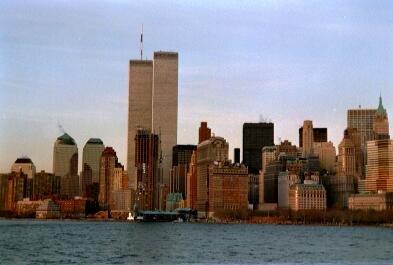


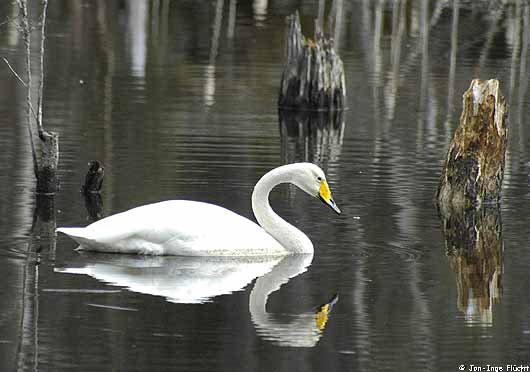
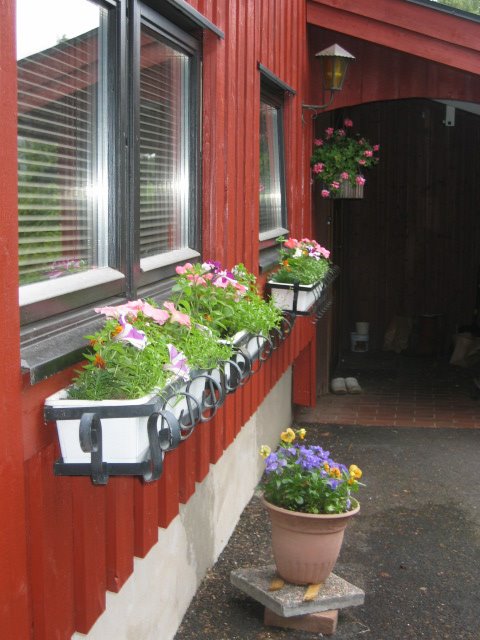
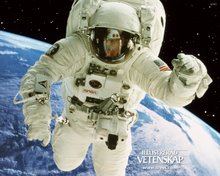

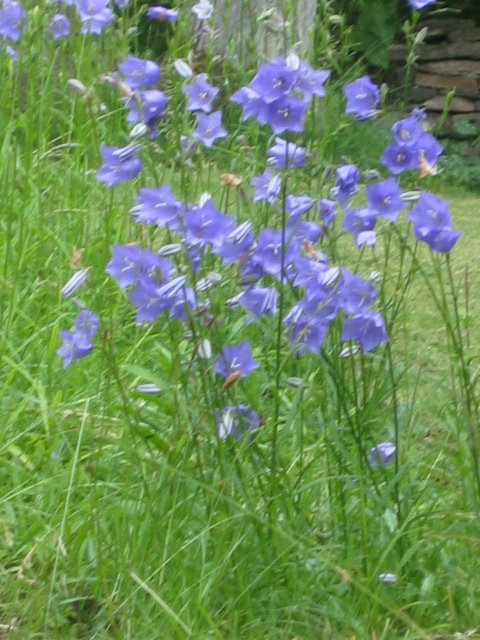






Inga kommentarer:
Skicka en kommentar